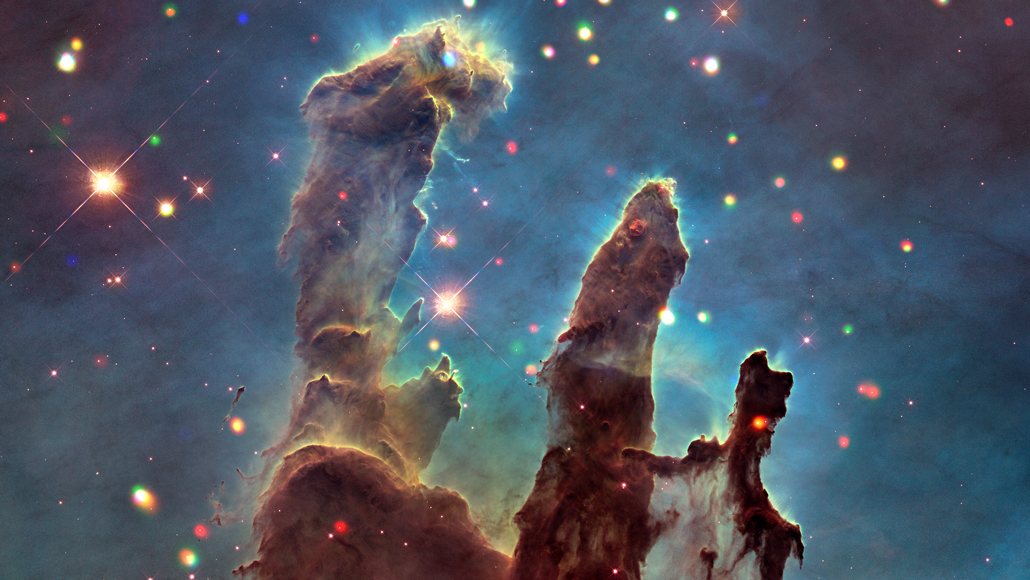
Audio versions of telescope images such as the Pillars of Creation (shown in this false-color composite image) make astronomy more accessible for people who are blind and visually impaired.
X-ray: CXC/NASA, INAF, M. Guarcello et al; Optical: NASA, STScI